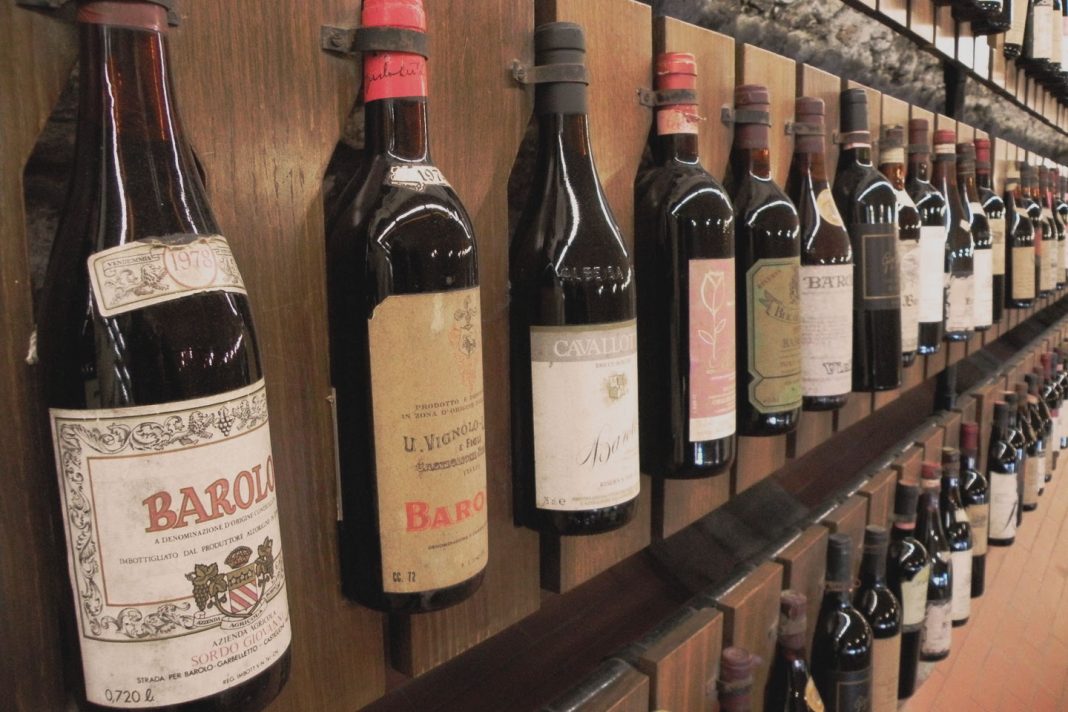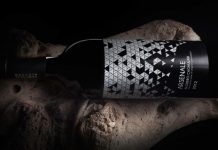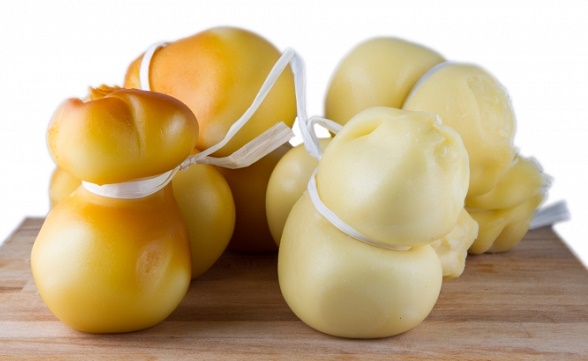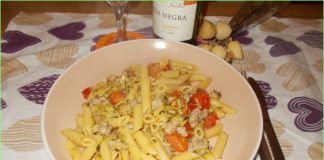History
The Nebbiolo vine was cultivated in the Barolo area thanks to the stubbornness of Count Camillo Benso and Giulia Colbert Falletti, the last Marquise of Barolo.
The production of this wine began in the mid-nineteenth century, and with the passage of time it became a very rich and precious wine, so much so as to be considered the ambassador for the Piedmont of Savoy in the court of the whole of Europe.
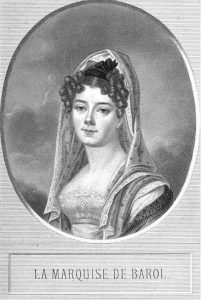
The importance of Barolo is its structure, which reminds the smell of a complex bouquet of enveloping aromas, is able to develop over time without losing its organoleptic properties.
General Paolo Francesco Stagliene, was the only one to make the first version of the wine using dry Nebbiolo grapes, and wrote a manual of “Instructions about the best method of making and preserving wines of Piedmont”, which was published in 1835, a pioneer of Piedmontese enology.
A story tells that one day the Marchioness Falletti, offered to King Charles Albert as many as 325 “carras” of Barolo, one for each day of the year excluding the period of Lent, because the king had expressed the desire to savor his new wine, and this much appreciated tribute went down in history.
The “carra” were transport barrels with a capacity of 12 brente, equal to 600 liters.
After tasting the wine, King Charles was so enthusiastic that he decided to buy the Verduno estate, so that he could start his own production, and after a few years, King Victor Emmanuel II did the same thing, buying the Fontanafredda estate in Serralunga d’Alba.
Production techniques and organoleptic characteristics
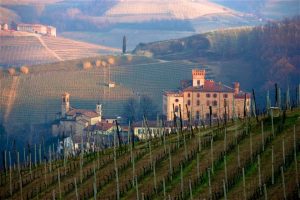 The vines for the production of “Barolo” wine, must meet a series of requirements, now we will list what are:
The vines for the production of “Barolo” wine, must meet a series of requirements, now we will list what are:
- Soils: clayey and calcareous and possibly the combination of both
- Position: only and exclusively hilly, and to exclude a priori the land of the valley floor, flat and wet, not sufficiently exposed to the sun
- Altitude: must not be less than 170 meters and not more than 540 meters
- Exposure: to be excluded the new plants on the northern slope
- For new plants, and for replanting, the density should not be less than 3500 plants / ha and the cultivation allowed is the GUYOT counter.
- Any type of forcing is forbidden
- The required aging must be at least 38 months from November 1st of the year of production for the grapes, of which the first 18 months in barrels exclusively of wood
- The vinification, aging and bottling operations must be carried out in the DOCG area
The wine color “Barolo”, garnet red with orange reflections, presents itself to the nose with a persistent odor that tends to evolve over time, bringing to light fruity notes such as vanilla and violet, or tertiary notes such as goudron and spicy aftertaste.
What remains in the mouth are very hard components of acidity, mineral salts and tannins, which are pleasantly balanced together with the soft flavors of alcohols and poly-alcohols, which persist in an exceptional way, making wine “Barolo”, an elegant drink with a great personality.
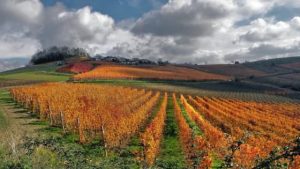 You must know that although the production areas are very close to each other, there are still significant organoleptic differences, which make it possible to distinguish the wines produced by the various localities.
You must know that although the production areas are very close to each other, there are still significant organoleptic differences, which make it possible to distinguish the wines produced by the various localities.
The sun exposure is very important, but in particular the soil, which can vary from sandy-clayey, to clayey, or predominantly sandy.
The result of the “Barolo” wine in essence, also depends on the weather which allows to produce a decidedly more structured wine, up to a soft wine with fruity flavors.
Service and pairings
The “Barolo” wine should be served at a temperature between 18-20 degrees in particular glasses called “PIEMONTE”. You can also serve this wine in long-stemmed goblets with long stems.
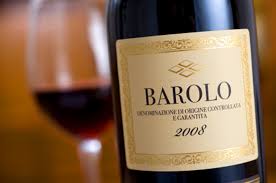 Barolo is perfect to be served with savory dishes based on red meat, such as braised roasts, but also game.
Barolo is perfect to be served with savory dishes based on red meat, such as braised roasts, but also game.
This wine is excellent to accompany with strong-flavored cheeses and hard-matured cheeses such as Grana Padano, Parmigiano Reggiano, or Castelmagno, but it can also be served with dishes flavored with truffles and dry pastries.
Very well known and appreciated is the pairing of Barolo with typical Piedmontese shortbread biscuits called “Meliga“.
Thanks to its full body, the Barolo wine can be savored even away from meals, like a real meditation wine.
A particular Barolo, that Chinato, is excellent with sweets based on cocoa, or as a hot drink in the “punch” version.
Braised meats, roasts, and risotto in Barolo, are the most famous recipes based on this wine, but also the eel is cooked with the Barolo as the main ingredient, and with aged wine you can also cook the hare in salmì.

